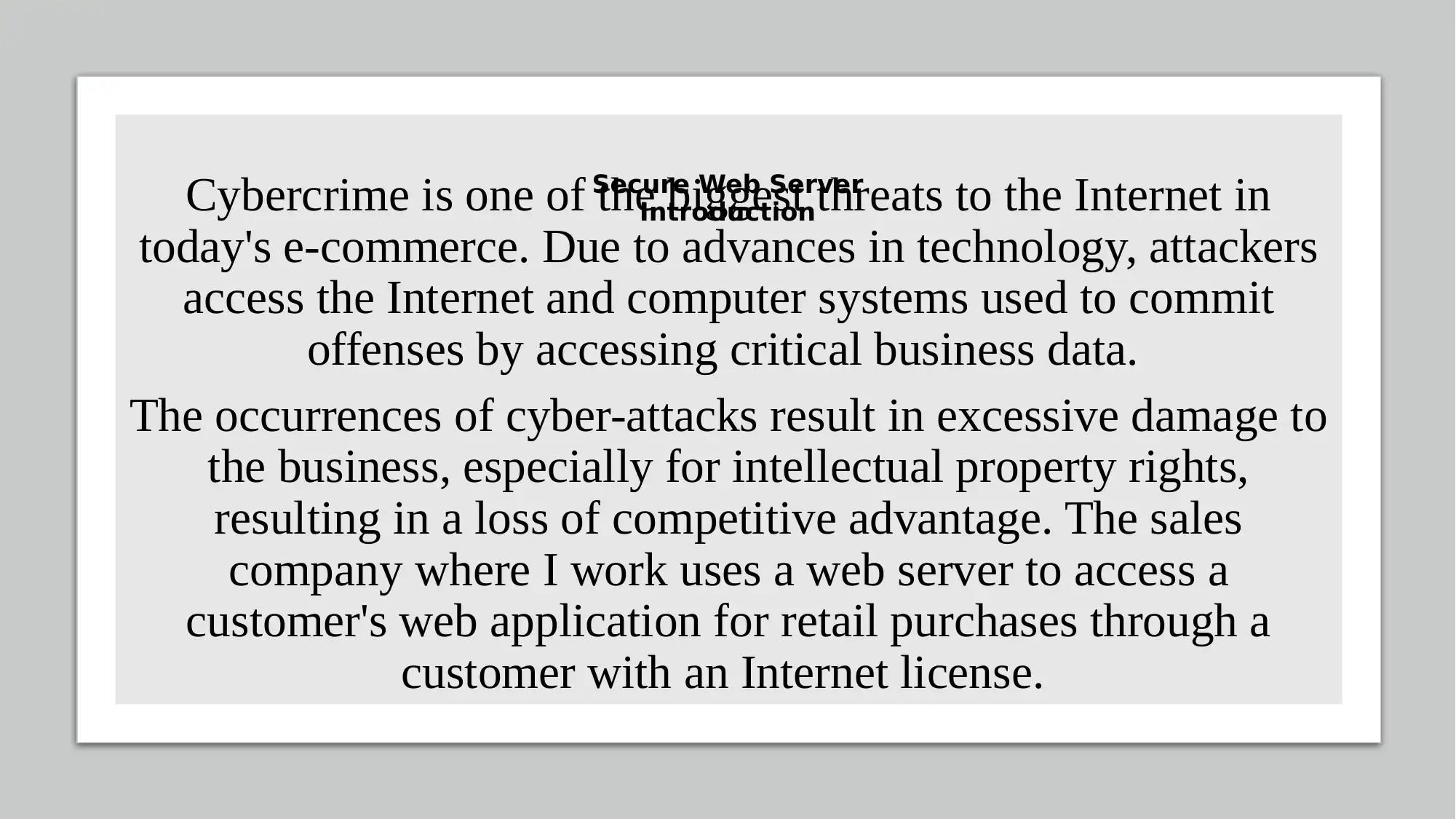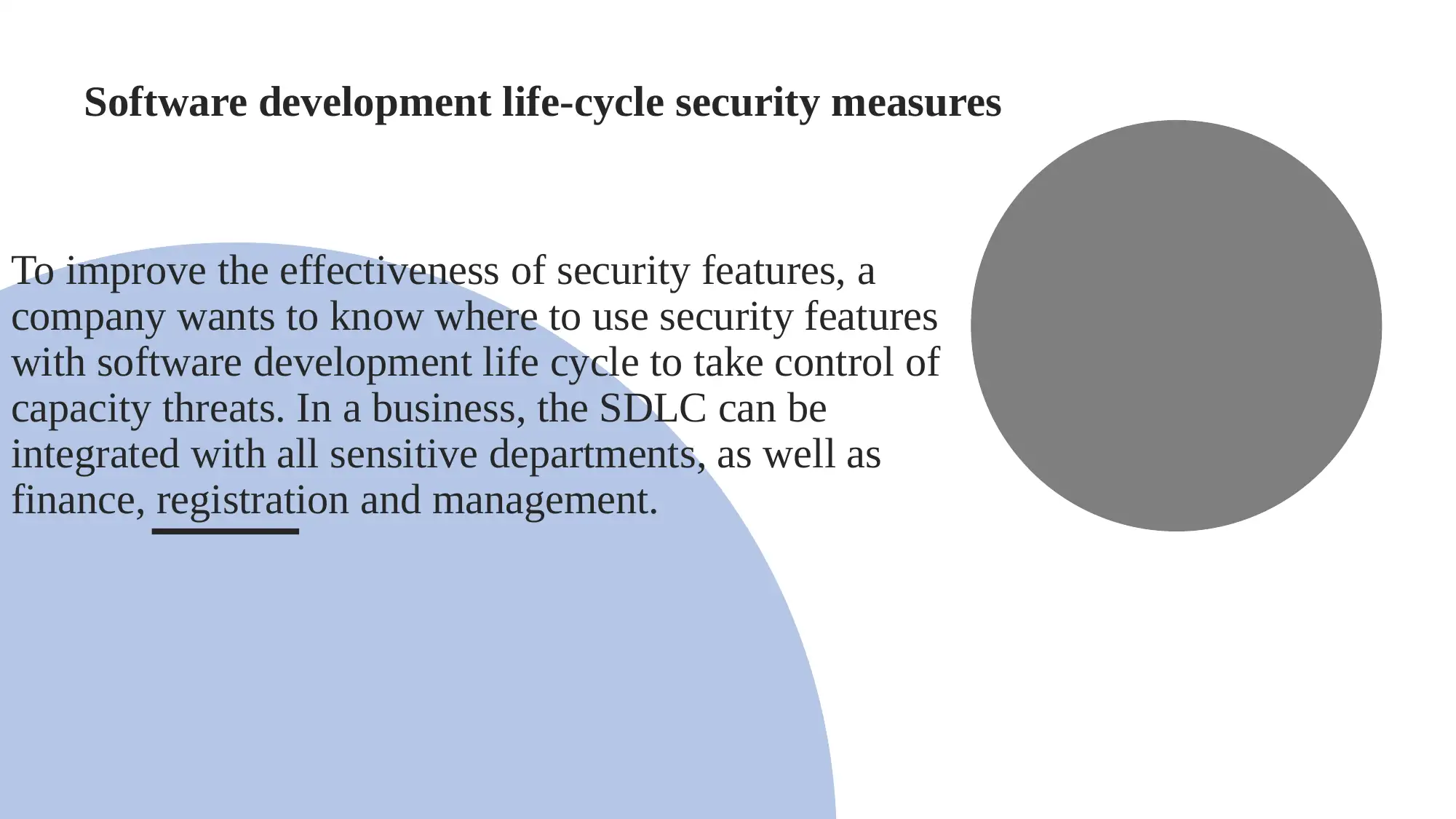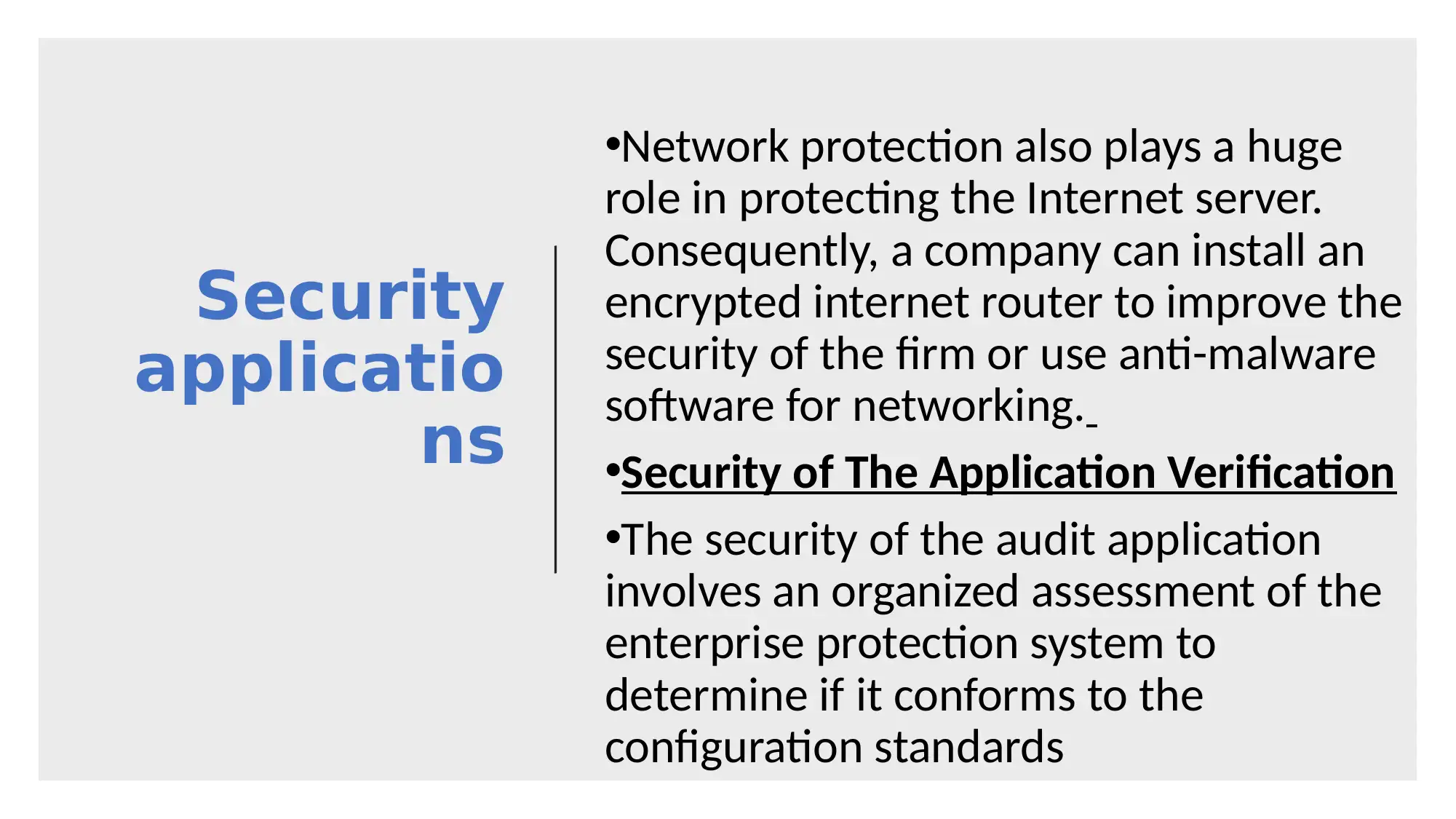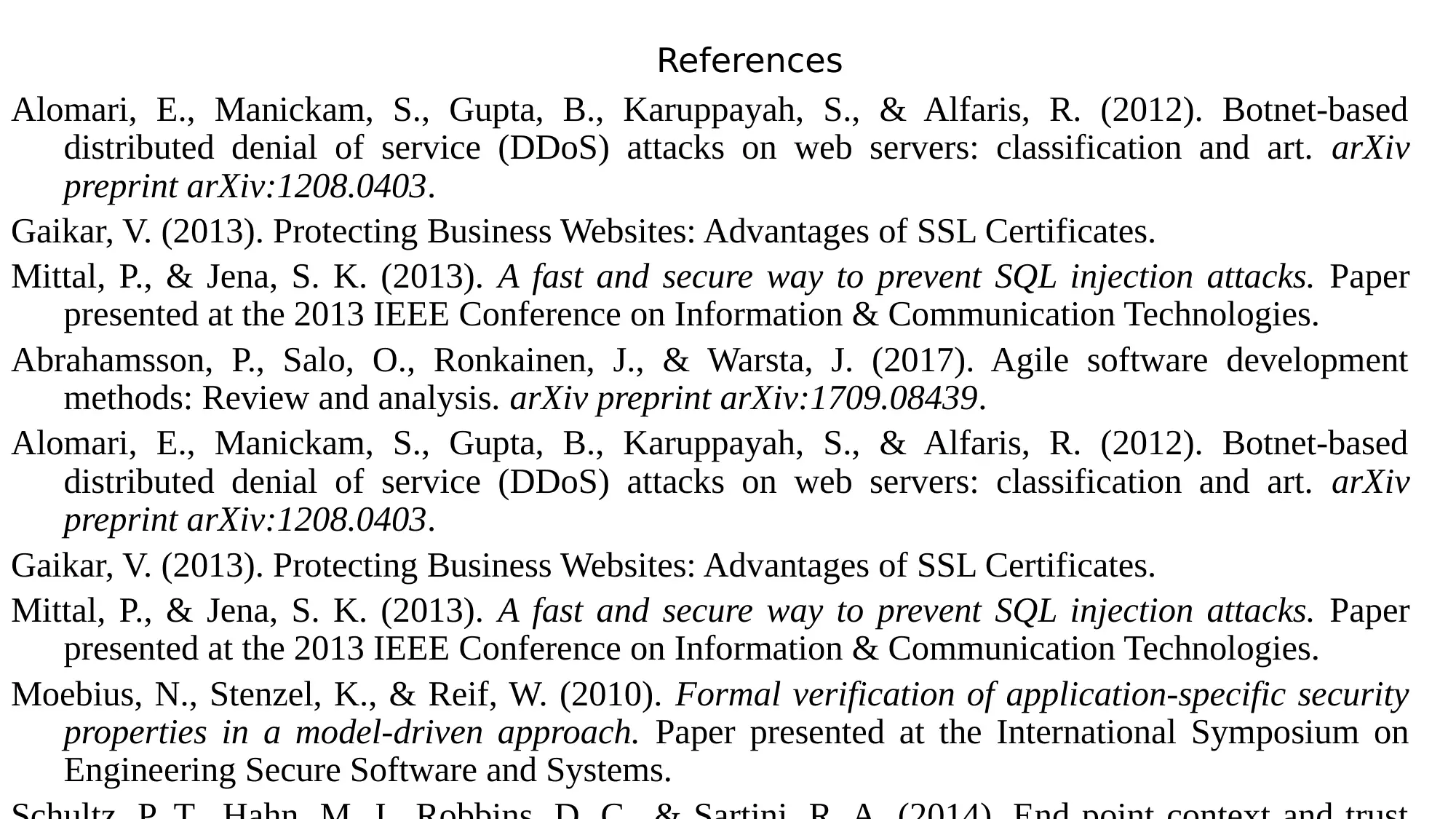Analysis of Cybercrime Threats and Secure Web Server Implementation
VerifiedAdded on 2022/11/13
|6
|730
|219
Report
AI Summary
This report provides a comprehensive introduction to secure web servers, addressing the critical issue of cybercrime in today's e-commerce landscape. It details various attack types, including SQL injection and Denial of Service (DDoS) attacks, and emphasizes the importance of implementing Software Development Life Cycle (SDLC) security measures to mitigate risks. The report explores network protection strategies, such as encrypted routers and anti-malware software, as well as application security verification and protection against vulnerabilities like XSS attacks. Furthermore, the report highlights the significance of designing applications to handle data from untrusted sources securely. References to relevant research papers are also included to support the analysis and recommendations presented in this report.
1 out of 6













![[object Object]](/_next/static/media/star-bottom.7253800d.svg)